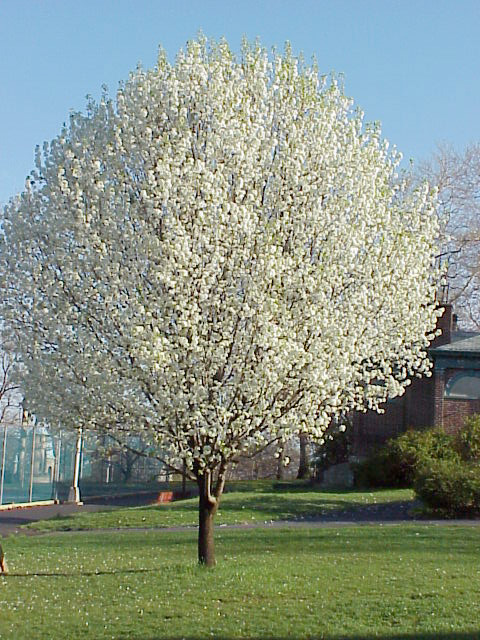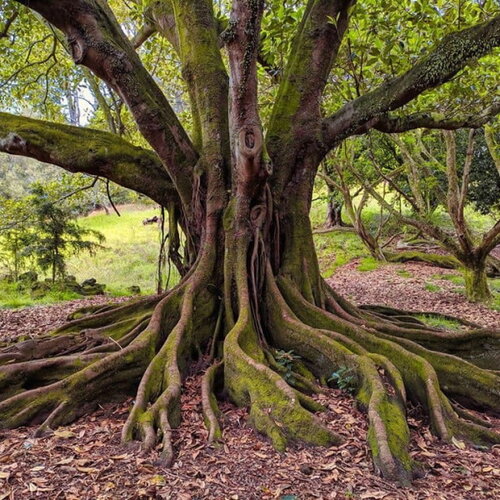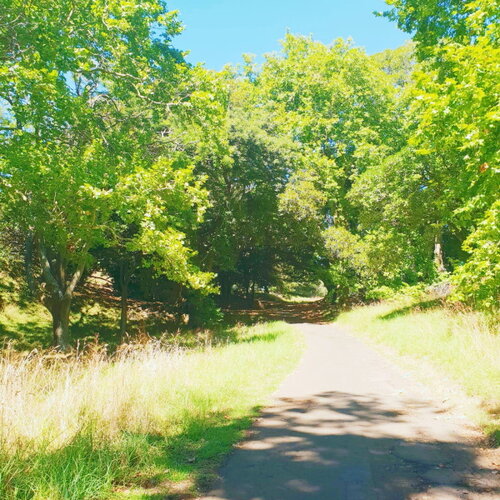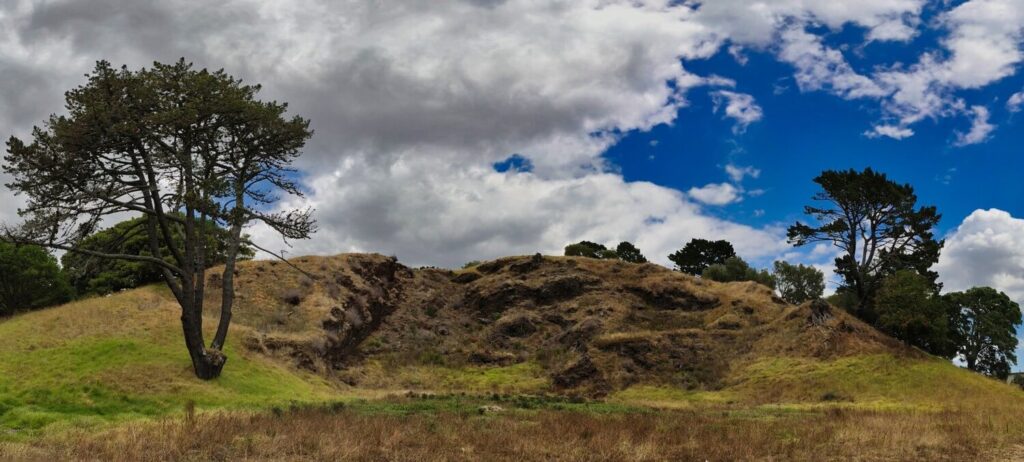The ugly legacy of an undemocratic partnership
The less affluent Auckland suburb of Otahuhu and others in South Auckland have been targeted by the Auckland City Council’s tree planting programme to increase the tree canopy and green residential areas, whether residents like it or not.
“In 2019, Auckland Council voted unanimously to declare a Climate Emergency, and earlier this year, formally adopted the Annual Budget 2022/23, a bold billion-dollar package to combat the climate crisis.
In addition to major investments in public transport, the Climate Action Budget will build on the success of the Mayor’s Million Trees programme by injecting a further $13.3 million into tree planting activities across Tamaki Makaurau, predominantly in low-income areas where canopy coverage is low.
“We will plant thousands of 1m-1.5m native trees on streets, in parks and in road reserves, providing more green space in areas that need it most, particularly in the south of our city,” says Mayor Goff.
“This small contribution will provide significant benefits to all Aucklanders by reducing emissions and pollution, and making the city a greener, more sustainable place to live.”
Licensed by climate change ideology and with vast amounts of money to spend, it’s a pity they didn’t consult with the suppliers of said funding – the resident homeowners and renters in predominantly low-income areas – before spending.
Most houses in the very old Auckland suburb of Otahuhu are ancient, built close together, and many are on half sites. Some home multiple families with multiple cars and limited off-road parking.
One Otahuhu resident is very unhappy about their greening last week. The council’s tree choice for their grass verge is an ornamental pear (a non-fruiting, deciduous tree) planted on the northern boundary with potential to block natural sunlight from the sunniest side of their single-storey home.
There are various cultivars of the flowering pear ranging in size with potential for growth up to six metres by four metres, which would be a beast of a tree with very little to commend it and a lot to dislike. They also ponder the fruiting future of their three- to four-year-old citrus trees when their full sun is dwarfed by a monster tree over the fence.

The family occupying the house across the road was also displeased about their new tree because it’s where they park. The offending tree was immediately uprooted and thrown onto the road, but council returned this week to replant a second tree in the same place, surely aware it too is destined to be uprooted.
QR codes have been erected on poles instructing residents how to care for the trees they didn’t plant, don’t want and certainly won’t mow carefully around as instructed. Has anyone from council noticed many of these residents are not concerned about the niceties of freshly mown grass berms?
To add insult to injury, this street is within easy walking distance of the local Mt Richmond reserve: a favourite of young families until the desecration of this wonderland of mature trees began, leaving the road and walkways cracked and ruined by heavy equipment and trucks. The area is no longer an attractive destination.
The council is in cahoots with the Tupuna Maunga Authority (TMA). In 2014 ownership of 14 Auckland mountains was transferred to the TMA.
The Tupuna Maunga Authority is the statutory authority established under the Nga Mana Whenua o Tamaki Makaurau Collective Redress Act 2014 to govern the fourteen Tupuna Maunga (ancestral mountains) of Tamaki Makaurau / Auckland. The inaugural hui was held in November 2014.
The 14 Tupuna Maunga, as referred to by Auckland Council and the TMA, are:
- Matukutururu / Wiri Mountain
- Maungakiekie / One Tree Hill
- Maungarei / Mount Wellington
- Maungawhau / Mount Eden
- Maungauika / North Head
- Owairaka / Te Ahi-ka-a-Rakataura / Mount Albert
- Ohinerau / Mount Hobson
- Ohuiarangi / Pigeon Mountain
- Otahuhu / Mount Richmond
- Pukewiwi / Puketapapa / Mount Roskill
- Rarotonga / Mount Smart
- Te Kopuke / Titikopuke / Mount St John
- Takarunga / Mount Victoria
- Te Tatua a Riukiuta / Big King.
Mangere Mountain and the Maungakiekie / One Tree Hill northern land remains in Crown ownership, but are administered through the TMA.
TMA claims Auckland’s “mountains are not only geologically significant but also hold immense cultural value for the local Maori communities”.
The original planting of large trees on Auckland mountains is the handiwork of early Auckland settlers, whose descendants might also claim cultural significance if they happen to be around, but the Auckland Council’s Climate Change Crisis silenced protests from advocates trying to save the Mt Richmond reserve.
Beautiful giants of Mt Richmond:


The warning issued by Honour the Maunga:
All of the beautiful trees (above) will be destroyed if Tupuna Maunga Authority’s plans for the beautiful Mt Richmond / Otahuhu go ahead. In all, the Authority plans to fell 445 trees – 75% of this 21 ha maunga’s entire tree cover.
In 2019 the Authority had a grove of 100 old olives felled on the steep slopes shown in the photo below. An arborist told a member of the public that he didn’t know of any larger grove of old olives in Auckland. The morepork / ruru living in those olives left and never returned. Today the site is a desolate, eroding space in sharp contrast to the lush green beauty of other parts of Mt Richmond / Otahuhu.
The offensive olive grove was removed and not replaced with tree planting to stop the land sliding away. The subsequent erosion is uglifying the landscape.

TMA will replace exotic trees with natives but not necessarily large trees. After obtaining a non-notified Resource Consent from Auckland City Council they felled 60 exotics in the Mt Richmond Reserve before being stopped by legal action.
Auckland Council has for the second time in just over two years been found to have failed to follow the law when granting the Tupuna Maunga Authority a resource consent to fell hundreds of exotic trees on Auckland’s maunga.
In her decision, Justice Tahana found that the Council, in considering the resource consent application, had failed to properly consider the proposed felling’s adverse effects on the amenity of the maunga. As a result, the Court has set aside the resource consent.
This judicial decision follows the Court of Appeal unanimously finding Tupuna Maunga Authority had breached the law by failing to consult over its decision to fell 345 non-native trees on Owairaka Mt Albert, and that the Council had breached the law when granting a non-notified resource consent to fell those trees.
Commenting on the Otahuhu Mt Richmond decision, the applicant Shirley Waru (Te Rarawa o Ngupuhi / Te Uri o Tai), said: “It never should have come to this. What’s more, it is clear that Authority never should have felled all those trees at the maunga last August, relying on a resource consent that the Court has now confirmed should never have been granted in the first place.
Waru crowdfunded $32k to pay for the legal action.
“I feel hugely let down by the Authority. I also feel let down by our local board and Auckland Council who continue to support the Authority’s tree felling plans and budget despite deep community opposition.”
Waru noted that the Authority regularly defended its tree felling actions by claiming thousands of plantings at Otahuhu Mt Richmond would replace the felled trees, whereas that planting could happen (and was already happening) regardless of whether the exotic trees were cut down. Official information requests also revealed the vast majority of plantings are grasses, flaxes and shrubs rather than large trees.
“These plantings can never replace the tall trees and native bird habitats that would be destroyed if these trees were cut down. I hope this decision will cause the Authority to think again on its plans for our maunga.”
The partnership between TMA and the Auckland Council operates outside of public interests. One mistake on an Auckland mountain was unfortunate but repeating that mistake is a habit that should be stopped.
Suze sees herself as a New Zealander whose heritage shaped but does not define, and believes unless we protect our rights and freedoms they will be taken off us by a few powerful people. This article was first published HERE


2 comments:
The TMA is a significant disaster inflicted on Auckland in recent years. Its operating cost with staff, board, meetings, hui, absurdly lavish publications, court procedures, lavish construction must be several times the previous costs. At the very lavish (ratepayer funded) hui in Nov 2019 a representative stated that sticking it to the colonists as utu for past (undefined ) wrongs was part of their motivating ethic. (He did not use the word utu but why use an English word when there is a better maori one?) The TMA is a perfect example of the basic flaw of 50/50 co governance. It only takes one of the non maori side to align and maori carry the day. As, despite the Mayor's intrusion, at least one on the Council side has maori connections or leanings, maori control is total. Owairaka has hideous dangerous Berlin wall anti tank gates, ugly gharish toilet block etc. Ironically until recently it had a network of paths through the trees; a delight for children and not unlike pre European times. Now most are replaced by seal and formed steps, a maze of sharp edges, a worry to parents and a barrier to pushchairs etc, and not a novelty for children (or any body). Ironically now resembles a formal English park as of the wicked colonists. Sacrosanct native trees remain to block views from the summit, the major attraction for many. Children delight in climbing mounds but most of these are now debarred. And whilst parents could keep an eye on children amongst the trees they now worryingly disappear among (native of course) shrubbery planted with great loss and at great cost.
The TMA was instrumental in stripping Pidgeon Mountain and its bird life. And the huge grand trees of Mangere Mountain are now just awesome sized stumps.
Council incompetence and Maori madness combining yet again to devastating effect!
BTW; Goff's 'injection' of $13.3M towards planting 'thousands' of trees could range in cost from $13,300 each for one thousand trees, to $1,330 each for 9999 trees (beyond which planting level the statement would surely have said "tens of thousands of trees"). Either way, a gross waste of money, while Maori are busy destroying fragile ecosystems on a mad decolonialist tree-cutting binge.
Post a Comment
Thank you for joining the discussion. Breaking Views welcomes respectful contributions that enrich the debate. Please ensure your comments are not defamatory, derogatory or disruptive. We appreciate your cooperation.